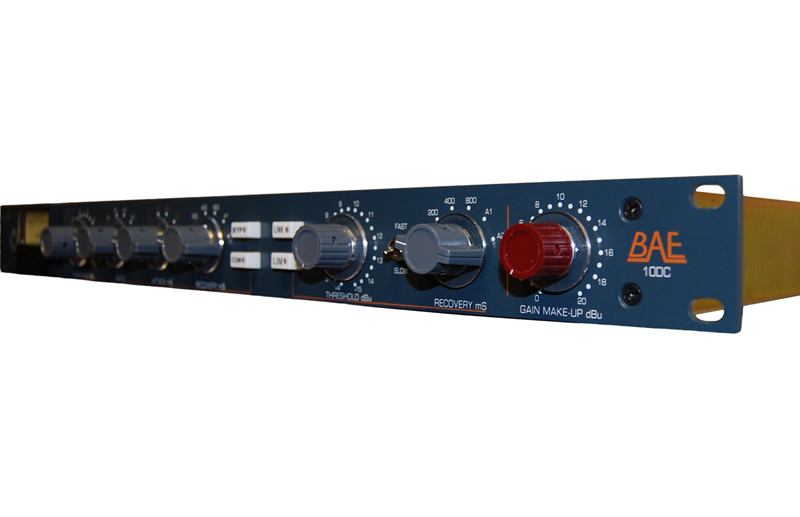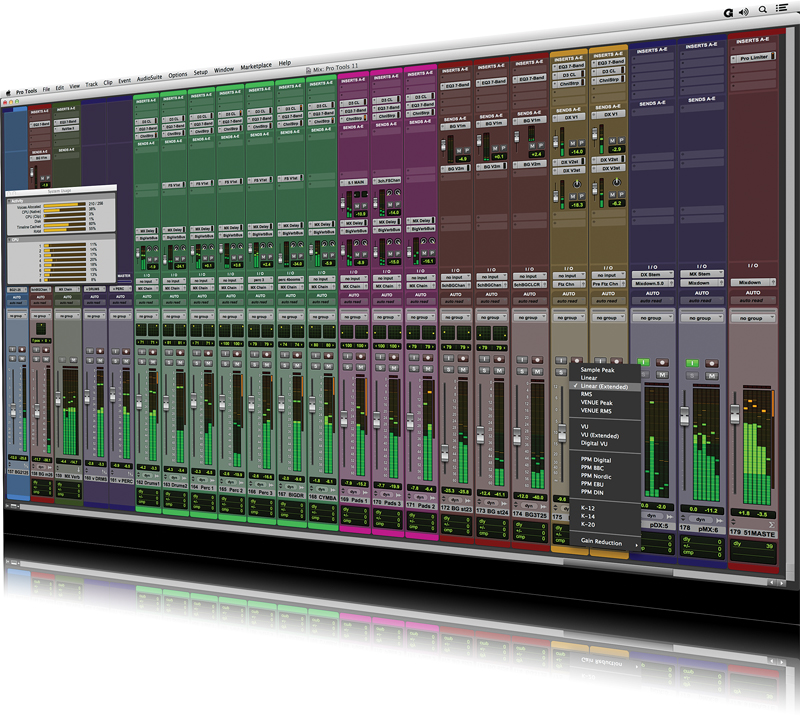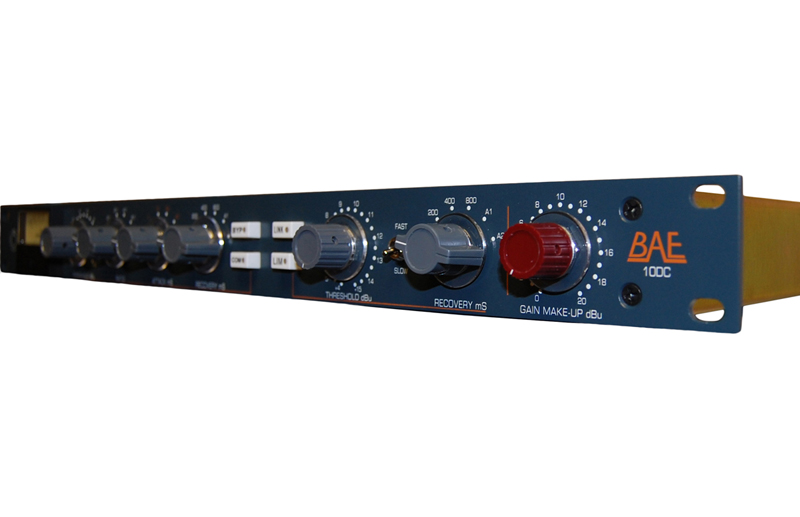Frankfurt Musikmesse Round-Up Part 2
In the second of our Musikmesse Frankfurt 2013 round-ups Mike Hillier focuses on what new gear will be gracing our studios this year…. In stark contrast to Andy, who celebrated his 18th year at Musikmesse, this was my first opportunity to visit the show. I had been warned in advance that the show was huge, […]

In the second of our Musikmesse Frankfurt 2013 round-ups Mike Hillier focuses on what new gear will be gracing our studios this year….
In stark contrast to Andy, who celebrated his 18th year at Musikmesse, this was my first opportunity to visit the show. I had been warned in advance that the show was huge, but I wasn’t really prepared for quite how huge. Roughly a dozen halls, each the size of Earl’s Court packed full of music instruments and recording equipment. I spent the first few hours just wandering in awe through halls full of grand pianos, guitars, amps, even a hall full of accordions, and avoiding the drum hall for fear my ears might collapse under the wall of noise.
Avid launched Pro Tools 11 a few days before the show, but this was our first opportunity to get hands on with the new software, before its release early in the summer. 64-bit and offline bounce might be the big news here, but playing with the software at the show it was the new meters which really caught our attention. Being able to see the amount of gain-reduction on every channel simultaneously is an interesting concept, and one we look forward to trying out on a mix very soon.

Pro Tools 11: 64-bit OS support, time-saving new features and more…
Avid weren’t the only major DAW developer showing off new software. Steinberg had a new version of WaveLab on display, alongside the recent versions of Nuendo and Cubase. WaveLab 8 brings a new speaker management system, providing support for up to eight speaker systems, with zero-latency switching for audio comparison. It also brings new plug-ins from Voxengo, and iZotope’s MBIT dither.
However, the software we were most excited to see didn’t come from any of the large stands, but from a tiny booth hidden away on the edge of the recording equipment hall. On the Zynaptic stand they were demoing the new UnFilter and UnChirp plug-ins. UnChirp is designed to remove the distortion inherent in low-quality mp3s and heavily de-noised audio, and has obvious uses in post-production. But it was UnFilter that had us screaming witchcraft! Zynaptic displayed the power of this plug-in by taking a stereo mix that has been heavily filtered down to nothing but kick and then recreating the entire mix as if the filter had been bypassed. UnFilter brought back an entire keys part we couldn’t hear at all in the original filtered file. This plug-in is going to have some incredible applications.
Despite these impressive software launches wandering around the rows and rows of stands at Musikmesse you’d be forgiven for thinking recording was still a predominantly hardware experience. Seemingly endless companies had turned up each with it’s own unique take on EQ, compression or mic preamps.
The Rupert Neve Designs Centrepiece 5060 seemed to be getting much of the attention, and we certainly agree that this unit would make a beautiful centrepiece for any high-end project studio. 24 channels of Neve summing straight from the 5088 console, monitor controls, Neve’s Silk and Texture variable transformer saturation, and DAW transport controls make this a powerful analogue front-end for a DAW-based mixing rig.
There were several exciting preamps on display, many with added compressors, Thermionic Culture switched things up a little by taking their Phoenix vari-mu compressor and giving it enough gain to perform as a pre-amp, in effect creating a channel-strip out of one of their most popular compressors. We will be putting the Phoenix HG (for high-gain) through it’s paces as soon as we can get hold of one. Of course when it comes to preamps one name rises above all others, and AMS Neve had a new take on their famous 1073 design. The 1073N exactly matches the specs of the original, but in addition to the serial port connection for placement in Neve rack enclosures, the 1073N has built-in rear panel XLR I/O, power supply port and an integrated DI input, meaning you can quickly take the 1073N out of the rack and onto the road. AMS Neve also announced a partnership with Universal Audio to add an emulation of the classic AMS RMX 16 reverb units to the UAD platform.
BAE who are known for their Neve clones had a new compressor on display at Messe, the 10DC, which is based on the Neve 33609 and 2254 compressor designs, but with their own modern take, adding additional features not present on any of the originals. Considering the reverence paid to the 33609 and 2254 compressors this is not a claim to be taken lightly, and we hope to put the 10DC up head to head with an original 33609 soon.

The BAE 10DC – Image courtesy of Baeaudio.com
Of all the EQs we saw on display at the show one caught our eye more than any other; the Q-Effekt Q-Faktor stereo passive EQ. The perspex front panel, and mushroom-shaped knobs made this look like a Pultec built by Martians. The basic layout seems similar to a Pultec too, however, the insides are very different and use a unique zero-ohm filter network capable of delivering a passive boost of up to 31dB with an extremely smooth response and very low distortion. We were astounded at how big a boost we could get away with without sounding unnatural
While the focus seemed to be on recording and mixing equipment there were a few bits of mastering grade gear on the show floor with a definite focus on mid-side processing. The MCAudioLab Luna is an analogue mid-side processor with M/S inserts, EQ and a wide array of M/S balancing controls. Roger Shult also brought an M/S matrix designed to enable quick patching of equipment into your mastering chain in either stereo or M/S configurations. On the stand Roger had the RS-Matrix patched in with a Dangerous Music Liaison, which work together to bring far more control than the sum of their parts. Roger had also brought along his UF-1 Universal Filter, a five-band stereo or M/S EQ with a similar selection of controls to the Brainworx Digital V2, which Roger was involved in the design of.